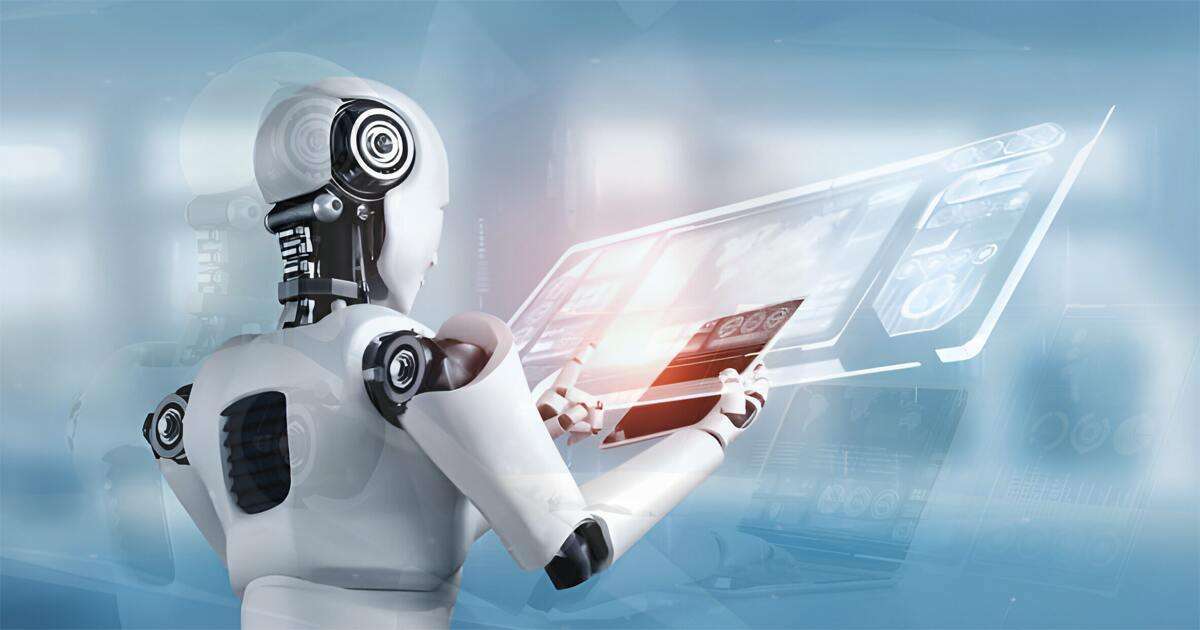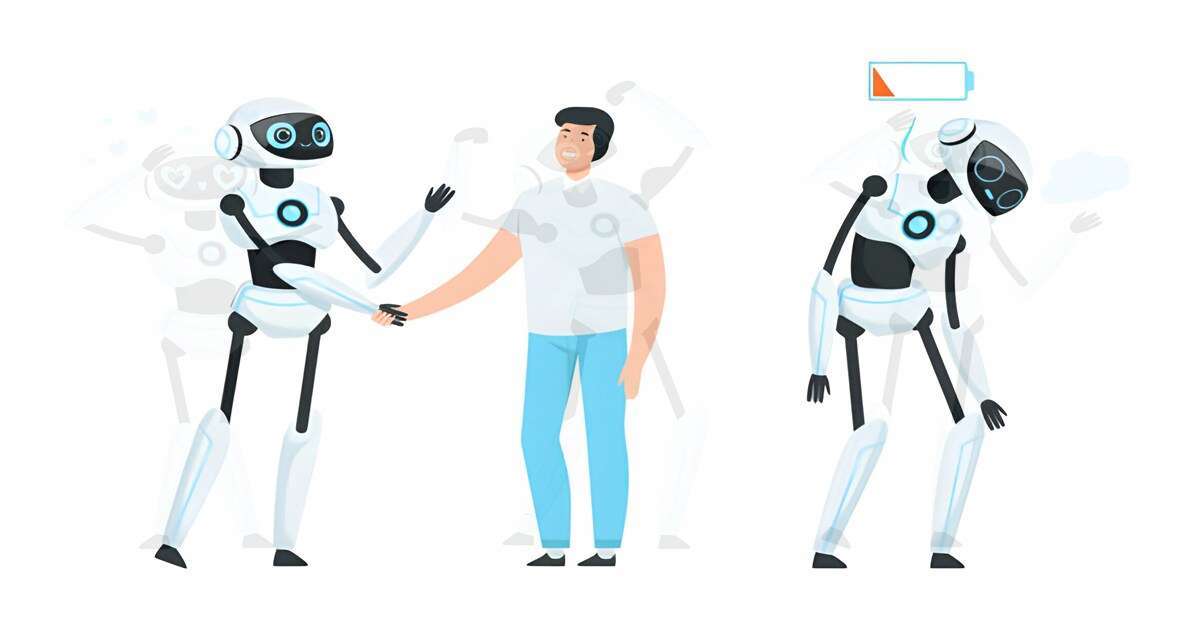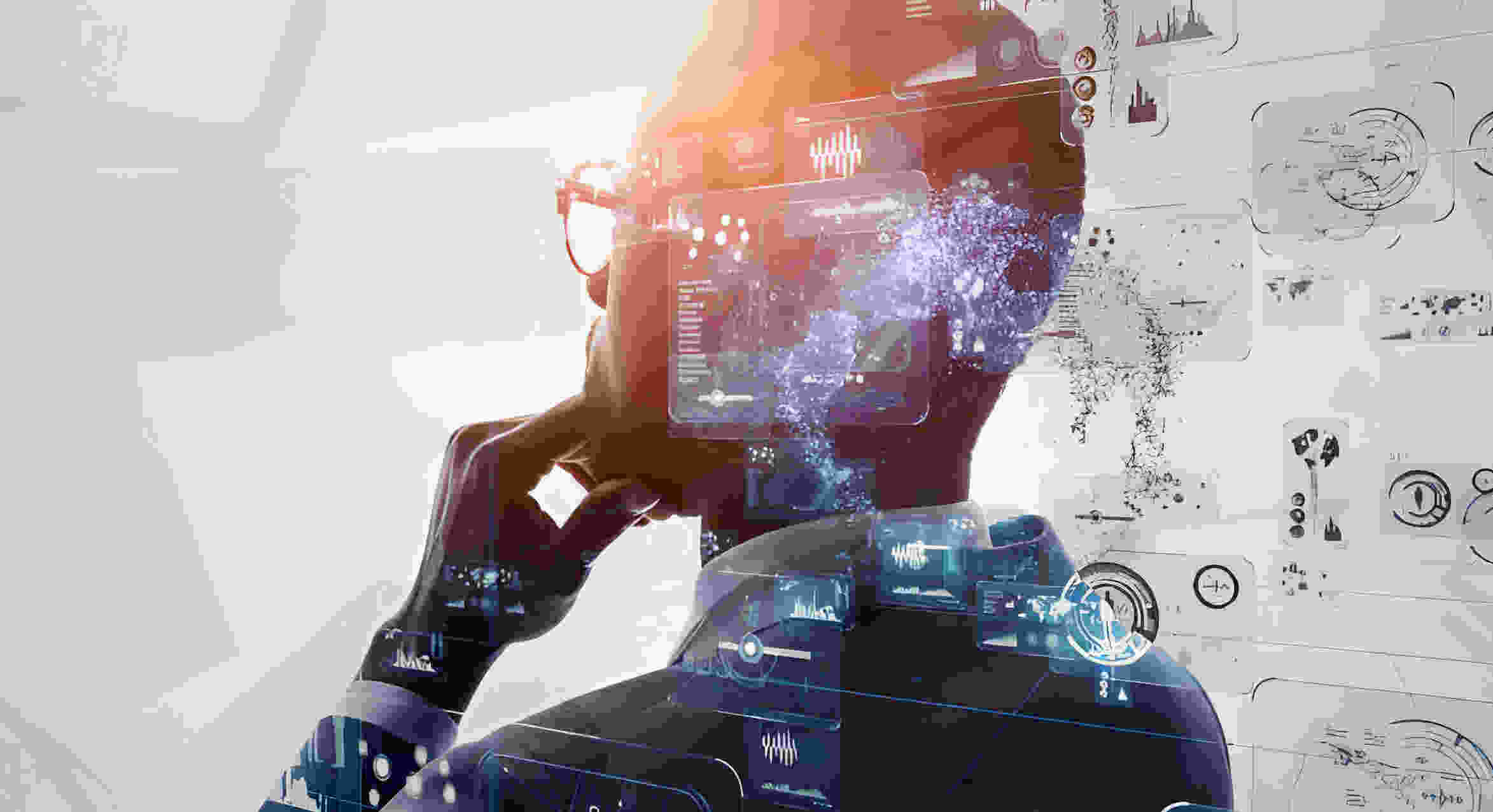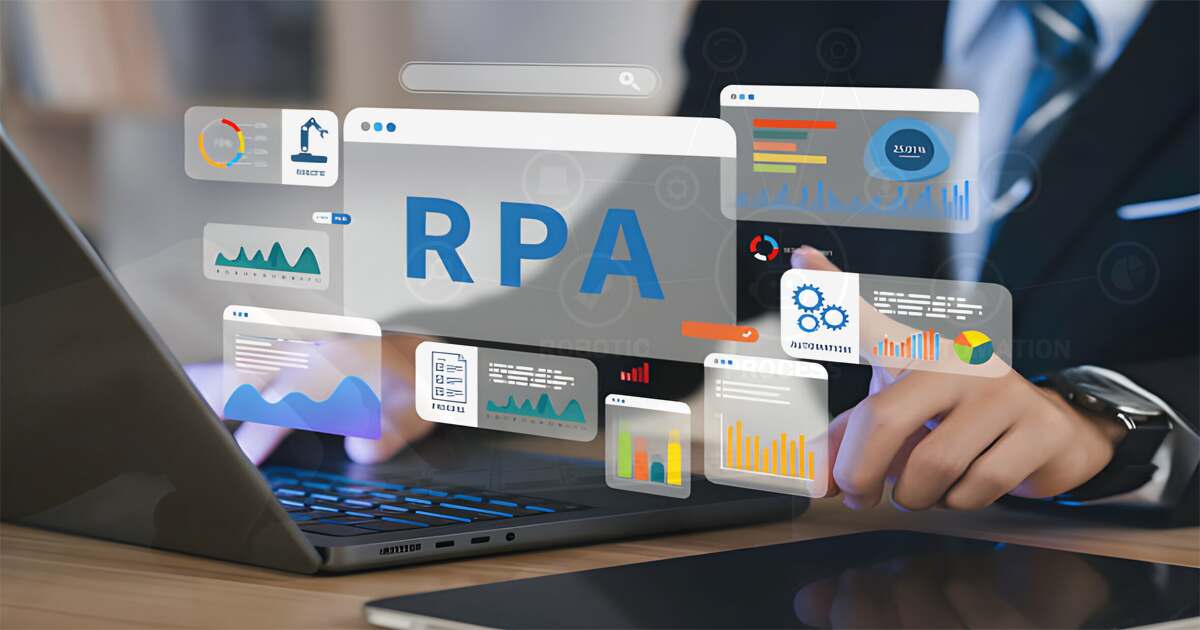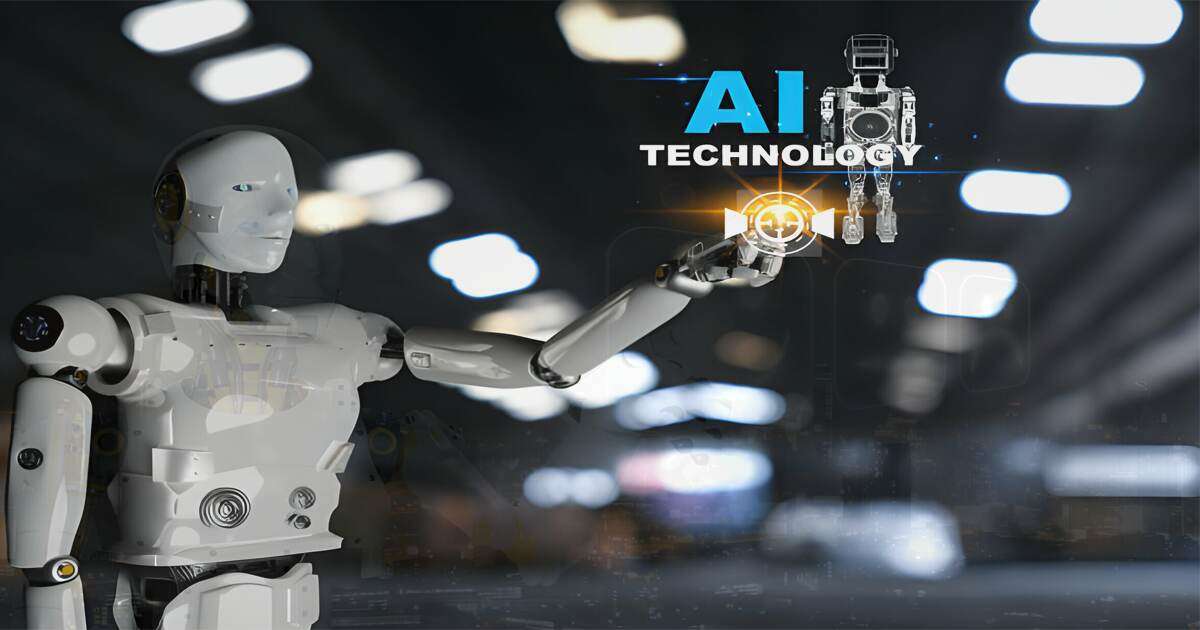Artificial intelligence (AI) and robots have become synonymous with cutting-edge technological advancements, revolutionizing various industries. These intelligent machines, often called robots, are equipped with sophisticated algorithms and learning capabilities. In the context of artificial intelligence robots, their integration offers many applications and transformative potential.
One significant domain is the development of intelligent automation systems. These AI-driven robots are designed to perform tasks autonomously, from routine functions in manufacturing to complex decision-making processes. This not only enhances efficiency but also opens doors to innovation across industries.
The synergy of artificial intelligence and robots is particularly evident in human-robot interaction. Engineers and researchers are working to imbue robots that can understand human gestures, speech, and emotions, fostering seamless collaboration in diverse settings. This evolving landscape holds promise for applications in healthcare, customer service, and beyond.
As artificial intelligence continues to advance, so does the capability of robots to adapt and learn from their environments. This adaptability, coupled with enhanced problem-solving skills, positions AI robots as versatile tools capable of navigating the complexities of our rapidly evolving world. In essence, the marriage of artificial intelligence and robots is not merely technological progress but a transformative force driving innovation and reshaping the future of various industries (artificial intelligence robots).
Table of Contents
ToggleMachine Learning Robotics
Machine learning robotics represents a dynamic intersection of artificial intelligence and robotics, where intelligent machines acquire the ability to learn from experience and adapt to changing environments. This synergistic blend empowers robots with the capacity to enhance their performance over time, making them more versatile and efficient.
In machine learning robotics, autonomous systems have emerged as a focal point. These systems leverage advanced algorithms and data-driven insights to navigate and interact with their surroundings intelligently. From self-driving cars to robotic assistants, machine learning applications in robotics are vast and continually expanding.
One significant area of exploration is human-robot interaction, where researchers aim to create robots capable of understanding and responding to human behavior. This involves technical advancements in natural language processing and computer vision and delves into cognitive robotics, enabling machines to interpret and act upon complex human instructions.
As businesses embrace automation, machine learning robotics is pivotal in Robotic Process Automation (RPA). This entails deploying intelligent bots to streamline and optimize routine tasks, freeing human resources for more strategic endeavors (artificial intelligence robots).
Embodied AI is another fascinating facet, focusing on endowing robots with a physical presence that complements their cognitive abilities. This integration of perception, learning, and physical action propels the development of robots capable of navigating real-world scenarios with unprecedented agility.
In conclusion, the synergy between machine learning and robotics is shaping a future where intelligent machines perform predefined tasks and evolve and adapt, ushering in a new era of automation and technological advancement.
Human-Robot Interaction
Human-robot interaction (HRI) stands at the forefront of technological evolution, where seamless collaboration between humans and robots is a possibility and a burgeoning reality. This interdisciplinary field explores how humans and robots engage, communicate, and cooperate, aiming to create intuitive and efficient interfaces.
Researchers are delving into advanced natural language processing and gesture recognition technologies in the context of Human-Robot Interaction. The goal is to enable robots to understand and respond to human commands and cues, fostering a more natural and user-friendly experience. This is particularly crucial in applications ranging from service robots in healthcare to collaborative robots in industrial settings.
The social and emotional aspects of HRI are gaining prominence, with efforts to imbue robots with the ability to recognize and respond to human emotions. This enhances the empathetic element of human-robot relationships and broadens the spectrum of potential applications, such as companion robots for the elderly or emotionally intelligent assistants.
As Human-Robot Interaction continues to evolve, its impact extends beyond technology into psychology, sociology, and design. The ongoing advancements in this field promise a future where robots seamlessly integrate into our daily lives, augmenting human capabilities and transforming how we work, live, and interact with intelligent machines.
Cognitive Robotics
Cognitive robotics represents a fascinating frontier in the convergence of artificial intelligence and robotics, where machines perform tasks and possess cognitive capabilities akin to human thought processes. In cognitive robotics, the emphasis is on endowing robots with the ability to perceive, reason, learn, and adapt in complex environments.
These intelligent systems leverage advanced algorithms and sensory inputs to navigate real-world scenarios with sophistication beyond mere automation. Cognitive robots exhibit problem-solving skills, learning from their experiences to make informed decisions and adapt to changing conditions. This mental flexibility positions them as invaluable tools in various industries, from manufacturing and healthcare to disaster response and exploration.
Integrating natural language processing and machine learning technologies is a hallmark of cognitive robotics. This enables robots to understand and respond to human commands, fostering more intuitive and interactive human-robot collaboration. In applications like assistive robotics for older people or individuals with disabilities, cognitive robots demonstrate their potential to enhance the quality of life by providing personalized support and companionship.
As cognitive robotics advances, the synergy of cognition and automation promises a future where intelligent machines seamlessly integrate into our daily lives, augmenting human capabilities and contributing to a more efficient and interconnected world. The evolving landscape of cognitive robotics is not just about creating sophisticated robots; it’s about reshaping our relationship with technology in profound and impactful ways.
Intelligent Automation
Intelligent Automation is a transformative force in technological progress, bringing artificial intelligence and automation together to redefine operational efficiency and innovation. This paradigm shift leverages advanced algorithms, machine learning, and robotic process automation (RPA) to create intelligent systems capable of autonomously performing tasks, learning from data, and adapting to dynamic environments.
At the heart of Intelligent Automation lies integrating AI-driven algorithms into routine business processes. This streamlines operations and enables organizations to make data-driven decisions quickly and accurately. From data analysis to customer interactions, the applications of intelligent automation are diverse and impactful.
One key component of this technological synergy is Robotic Process Automation (RPA), where software robots emulate human actions in repetitive tasks. These digital workers, equipped with cognitive capabilities, enhance productivity by executing rule-based processes with precision and consistency. The result is a more agile and responsive business environment.
The adaptive nature of Intelligent Automation positions it as a catalyst for innovation. Organizations can deploy intelligent automation to optimize workflows, reduce errors, and allocate human resources to more strategic and creative endeavors. As industries embrace this transformative technology, the potential for Intelligent Automation to revolutionize how work is accomplished, decisions are made, and businesses evolve is becoming increasingly evident. Essentially, it signifies an evolution in automation and a reimagining of how intelligence can drive efficiency in the digital era.
Robotic Process Automation (RPA)
Robotic Process Automation (RPA) stands as a cornerstone in intelligent automation, where software robots emulate human interactions with digital systems to execute repetitive tasks. This transformative technology harnesses the power of automation and artificial intelligence, reshaping business processes and enhancing operational efficiency across industries.
At its core, RPA involves deploying digital workers to perform rule-based tasks, such as data entry, transaction processing, and routine communication. These robots, equipped with cognitive capabilities, mimic human actions and adapt and learn from their interactions, optimizing processes over time.
The applications of Robotic Process Automation are diverse, spanning from finance and healthcare to manufacturing and customer service. In finance, RPA streamlines invoicing and reconciliation processes, reducing errors and improving accuracy. In healthcare, RPA facilitates the management of patient records and billing procedures, enhancing administrative workflows.
The benefits of RPA are multifold, including increased efficiency, cost savings, and the liberation of human resources for more strategic roles. Organizations can redirect human efforts towards creative problem-solving and complex decision-making by automating mundane and repetitive tasks, driving innovation and business growth.
As businesses embrace digital transformation, the role of Robotic Process Automation becomes increasingly pivotal. It optimizes operational processes and positions organizations to adapt to the evolving demands of the digital era. In essence, RPA is not just about automating tasks; it’s about revolutionizing work and making it more innovative, efficient, and agile.
Ethical AI in Robotics
Ethical AI in robotics represents a crucial paradigm shift, emphasizing the responsible and humane development and deployment of intelligent machines. As artificial intelligence advances, ensuring ethical considerations in robotics becomes imperative to mitigate potential risks and promote positive societal impacts.
Integrating ethical AI in robotics involves designing systems prioritizing transparency, fairness, and accountability. Developers are increasingly focused on creating algorithms that avoid biases and discriminatory practices, fostering a more inclusive and just technological landscape. This approach is particularly significant in applications like autonomous vehicles and robotic decision-making, where ethical considerations directly impact human safety and well-being.
One key aspect of Ethical AI in robotics is the establishment of clear guidelines and standards. Ethical frameworks help guide the development and use of robotic systems, addressing concerns related to privacy, consent, and the potential displacement of human workers. Adhering to these ethical principles ensures that robotics technologies align with societal values and legal regulations.
Promoting transparency in AI algorithms is pivotal in building trust between humans and intelligent machines. Understanding how robots make decisions and having visibility into their decision-making processes fosters accountability and allows for better evaluation of ethical implications.
As the ethical dimensions of AI in robotics gain prominence, industry stakeholders, policymakers, and researchers collaborate to create frameworks that balance innovation with responsible practices. The goal is to advance technology and ensure that these advancements align with ethical principles, promoting a harmonious coexistence between humans and intelligent robotic systems.


